ANIMAL SPIRITS

Animal spirits come from the Latin spiritus animalis: "the breath that awakens the human mind." It was coined by British economist, John Maynard Keynes in 1936. Animal spirits refer to the ways that human emotion can drive financial decision-making in uncertain environments and volatile times.
What are animal spirits?
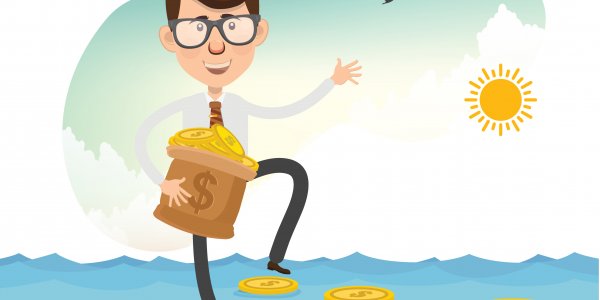
Derived from the Latin spiritus animalis, meaning “the breath that awakens the human mind”, the term animal spirits refers to the state of pessimism or confidence held by businesses and consumers. Future expectations have a direct impact on decisions made today. Consumers decide how much they are willing to save or spend, while businesses consider making capital investments.
The financial crisis and economic recession renewed people’s interest in the impact of animal spirits on the industries and markets around the world. In the book “Animal Spirits: How Human Psychology Drives the Economy, and Why it Matters for Global Capitalism” authors Robert Shiller and George Akerlof argue the necessity of active government intervention in economic policymaking, aiming to boost business and consumer sentiment to prevent deflationary depression.
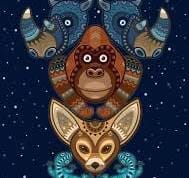
Meaning of animal spirits
The term animal spirits in economics was coined by the famous British economist John Maynard Keynes to describe the emotions, despondence and gloom that preceded the Great Depression and the changing sentiment that accompanied recovery.
Together with Shiller, Akerlof put forward the case for “behaviourally informed Keynesianism”, in which psychological changes in faith, fear, confidence and a concern for fairness can have an impact on the economic decisions.

The term animal spirits can describe how people get to any financial decision, including investing and trading decisions, especially in times of economic uncertainty and stress. In a publication from 1936, “The General Theory of Employment, Interest and Money”, John Keynes refers to animal spirits as the human emotions that affect consumer confidence.
Animal spirits in finance
Today we often speak about animal spirits when we describe some emotional or psychological factors that drive traders and investors to take action when faced with high volatility in capital markets.
The term animal spirits is widely used in behavioural economics and market psychology. Animal spirits include the state of fear and pessimism on the one side and hope and confidence on the other side that can influence financial decision making, which in turn can boost or impede economic growth.
If the spirit is low, the confidence level is also low, which could potentially drive the market down even if the fundamentals are strong. Likewise, if the spirits among investors and traders are high, and the level of confidence is also high, the market price could potentially soar, even if the fundamental analysis contradicts the market sentiment.
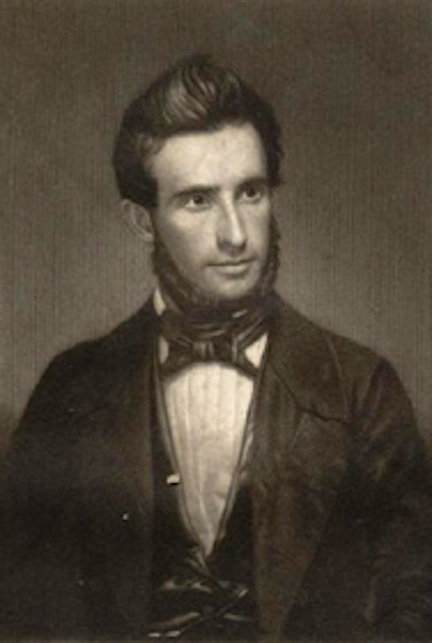
[left: Andrew Jackson Davis] In the Victorian era, the concept of a “pulsating cosmos” was popular; the public took its cues from advances in transportation, among them trains and steam-powered ships. There were hucksters galore. Mesmerists, usually male, would attempt to soothe or cure a client, usually female, resulting in an exchange that allowed him to stroke her face and torso: predation as therapy. Animal Spirits serves up a delectable rogues’ gallery. Andrew Jackson Davis, a handsome autodidact known as the “Poughkeepsie Seer,” claimed the gift of clairvoyance and healing. He preached a gospel of energy that weirdly echoed the themes, even the rhythmic language, of Emerson and Whitman. (Lears suggests that Davis may have had ulterior motives: deflecting accusations of bigamy and infidelity.)
In Davis’s own words we hear the stirrings of an authentic American voice, vast and sweeping, the cadences of multitudes and declarations of selfhood. E pluribus unum. “His vision ranged far beyond Poughkeepsie,” Lears observes, and then aligns a Davis quote with one from Whitman: “’I saw the many and various forms of the forests, fields, and hills, all filled with life and vitality of different hues and degrees of refinement.’ At such moments he inhabited an ‘I’ unbounded by space and time, like Whitman’s in ‘Song of Myself’: ‘My ties and ballast leave me, my elbows rest in sea-gaps, I skirt sierras, my palms cover continents, I am afoot with my vision.’ Both men courted feelings of boundlessness.”
In Animal Spirits we also meet more venerable figures — Herman Melville, Henry Ward Beecher, William James, Theodore Roosevelt — all of whom put their stamp on the vitalist tradition. Curiously, Lears steers clear of the greatest explosion of energy in U.S. history: the Civil War. He notes in passing how the War drained both North and South of inner reserves (and hundreds of thousands of men) even as it unleashed fresh ideas and creativity with the overturn of slavery. That elision must mean something.
Lears delves into the exponential growth of American capitalism, cycles of booms and panics that he ties to the ascendancy — and scapegoating — of the restlessness and high-stakes curiosity fundamental to the American character. Speculation, bank rushes, fortunes made and lost in the blink of an eye — Lears meticulously details the social inequities and reforms that accompanied the Gilded Age and into the modern era, with a focus on race and sex, how old orders broke down and new configurations rose from their ashes. He showcases the people who chipped away at conventionality, as in his portrait of the wealthy, freethinking Mabel Dodge Luhan. “A key figure in the revitalized feminist movements of the 1910s, Luhan merged social and sexual radicalism,” he writes. “Her chief inspiration was the birth control advocate Margaret Sanger, who appeared often at Luhan’s Greenwich Village salon, mesmerizing the other participants by evoking the unexplored possibilities of female sexual experience. Luhan recalled these episodes in her autobiography: ‘For Margaret Sanger to attempt what she did at that time seems to me now like another attempt to release energy in the atom, and who knows but perhaps the best describes what she tried to do,’ Luhan wrote.”
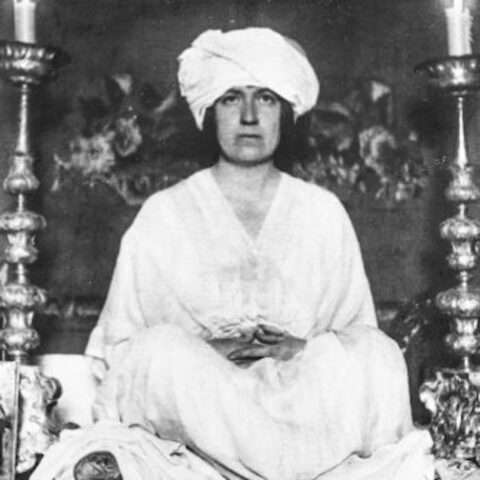
[right: Mabel Dodge Luhan] Radical change as atom-splitting: Luhan’s reminiscence of Sanger encapsulates the scope of Lears’ project. He seeks evidence of animal spirits across disciplines as vast and disparate as physics and theology, commerce and art; he mostly succeeds in linking them all to his conceit. In its closing pages, Animal Spirits sleuths through breakthroughs in science and technology. The book went to press before last month’s headlines about the Webb telescope’s startling discoveries beyond our own galaxy. Recent data proves that the warp and woof of space time radiates from volcanic mergers of supermassive black holes, crimped by energy spewed from black holes that formed less than a billion years after the Big Bang. As one report opined, “We are all bobbing in a sea of ripples in space time, reverberating through the fabric of the universe … probably the distant thunder of countless collisions between supermassive black holes.”
Energy defines us, our speck of rock among the roiling structures that compose the observable universe. Animal Spirits comes full-circle to its opening. Defoe, Whitman, and Andrew Jackson Davis were all prophets, foretelling the essence of life itself — and Lears’ book is a magnificent, if dense, contribution to how we understand ourselves.
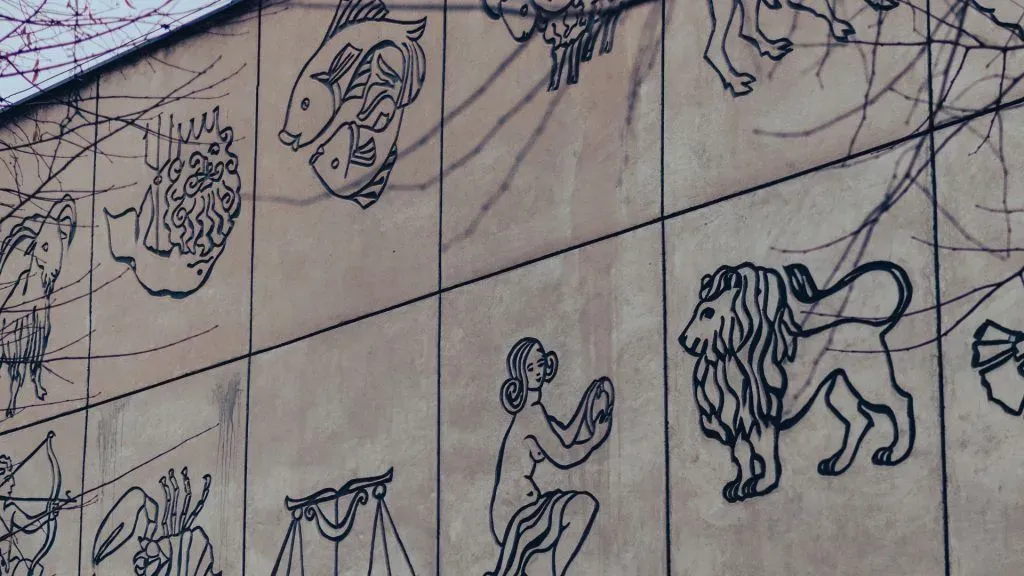
It is said that human beings have evolved from animals, and they carry most of their karma and past-life wisdom as well as a few intriguing traits. It is believed that every zodiac sign is associated with a spirit animal that is lucky for them and reflects their core characteristics and temperament. Director of Citizen Science at the NASA Space Science Education Consortium, Sten Odenwald claimed that our ancestors evoked the spirits of certain lucky animals to get secret messages and wisdom before going hunting or taking up an important task or setting on a journey.
LIST OFANIMAL SPIRITS AS PART OF YOUR PERSONNA
JANUARY RABBIT, FEBRUARY FISH, MARCH HAWK. APRIL BEAR, MAY BUTTERFLY. JUNE DRAGON FLY, JULY MOOSE, AUGUST LION, SEPTEMBER FOX, OCTOBER SWAN, NOVEMBER SNAKE, DECEMBER WOLF
THINGS YOU MAY NOT KNOW: What is the rarest spirit animal in the world?The owl is the most rare spirit animal and creature. In the case you encounter an owl, the universe is giving you a sign. This animal represents wisdom, patience, solitude, deep connection, and intuitive knowledge.
THINGS YOU MAY WANT TO SAVE: Animal mystics?
ZENTRAVELER SAYS: With this information be proud you are a part of the animal kingdom. Now you can monkey around.
From here to Infinity is a relatively short ride! The next leg takes eons and eons as you fly through the Barycentric Dynamical Time Zone! …and on and on and on. Follow the Zentraveler Newsletter often for Travel, Health and Zen-like stories and such. Where else can you get a THREE IN ONE NEWSLETTER FOR THE PRICE OF FREE.

ZENTRAVELER IS A PERSONAL NEWSLETTER, DESIGNED TO GIVE TRAVEL, HEALTH, WRITING AND HUMOR INCLUDING HELPFUL HINTS WITH A ZEN LIKE QUALITY.
PLEASE CHECKOUT MY NEW VIDEO PODCASTS AT ZENTRAVELER ON YOUTUBE...THANKS
